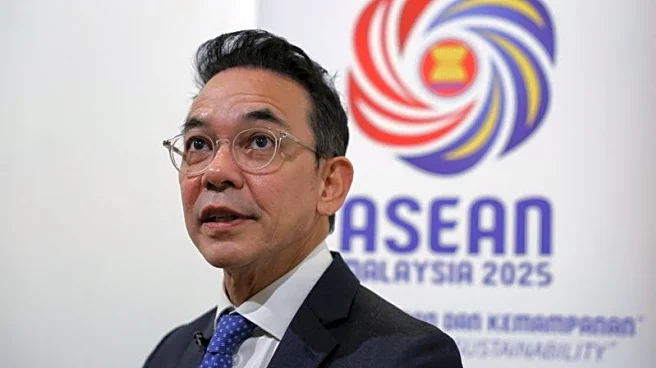What's Happening?
Thailand is increasingly relying on its elderly population to fill workforce gaps due to declining birth rates. The country is ranked as the third-most rapidly aging population globally, with over 21.5% of its population aged 60 and above. Companies like
Central Restaurants Group are implementing programs to recruit retired individuals, offering tax incentives for hiring those over 60. This trend is mirrored in the United States, where firms such as Walmart and Home Depot are adopting senior-friendly hiring practices to address labor shortages.
Why It's Important?
The shift towards employing older workers highlights a global challenge of aging populations and labor shortages. In the U.S., the labor force participation rate for those 65 and older has increased significantly, driven by economic factors such as rising costs and retirement insecurity. This trend could reshape workforce dynamics, necessitating policies that support age-friendly employment and address the financial needs of older adults. The approach taken by Thailand and the U.S. reflects differing strategies to manage demographic changes and economic pressures.
What's Next?
As the aging population trend continues, both Thailand and the U.S. may need to further adapt their labor markets and social policies. In the U.S., discussions around reversing birth rate declines and enhancing retirement security are ongoing. The Trump administration has considered measures like 'baby bonuses' to encourage higher birth rates. These developments could lead to significant policy shifts aimed at balancing demographic changes with economic stability.
Beyond the Headlines
The employment of older workers raises ethical and social questions about job quality and security. Ensuring that employment is voluntary and age-friendly is crucial to prevent exploitation and support the well-being of older adults. This trend also reflects broader cultural shifts towards valuing experience and adaptability in the workforce, potentially influencing societal attitudes towards aging and retirement.















